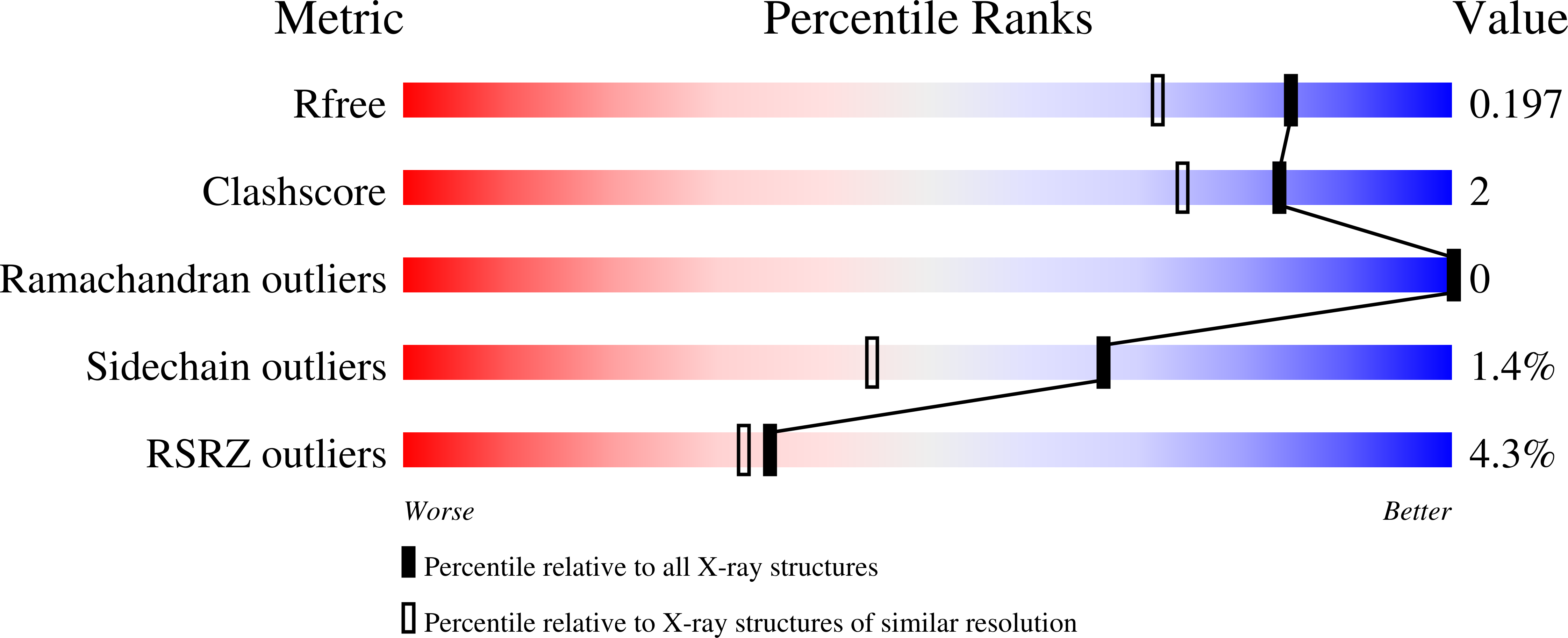
Deposition Date
2022-03-21
Release Date
2023-03-29
Last Version Date
2024-10-09
Method Details:
Experimental Method:
Resolution:
1.63 Å
R-Value Free:
0.19
R-Value Work:
0.17
R-Value Observed:
0.17
Space Group:
P 31 2 1


